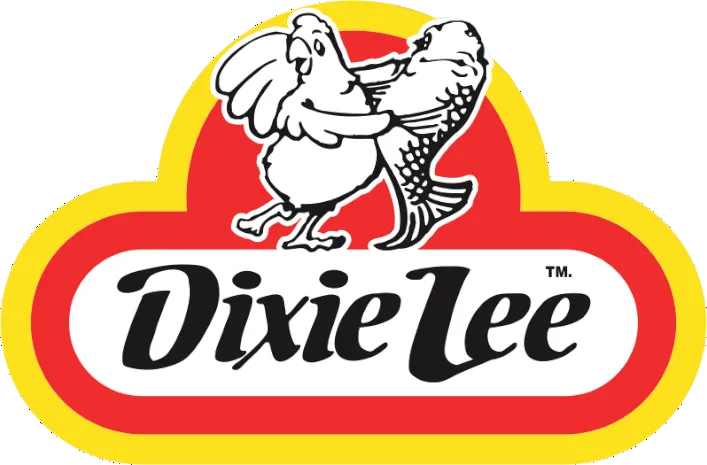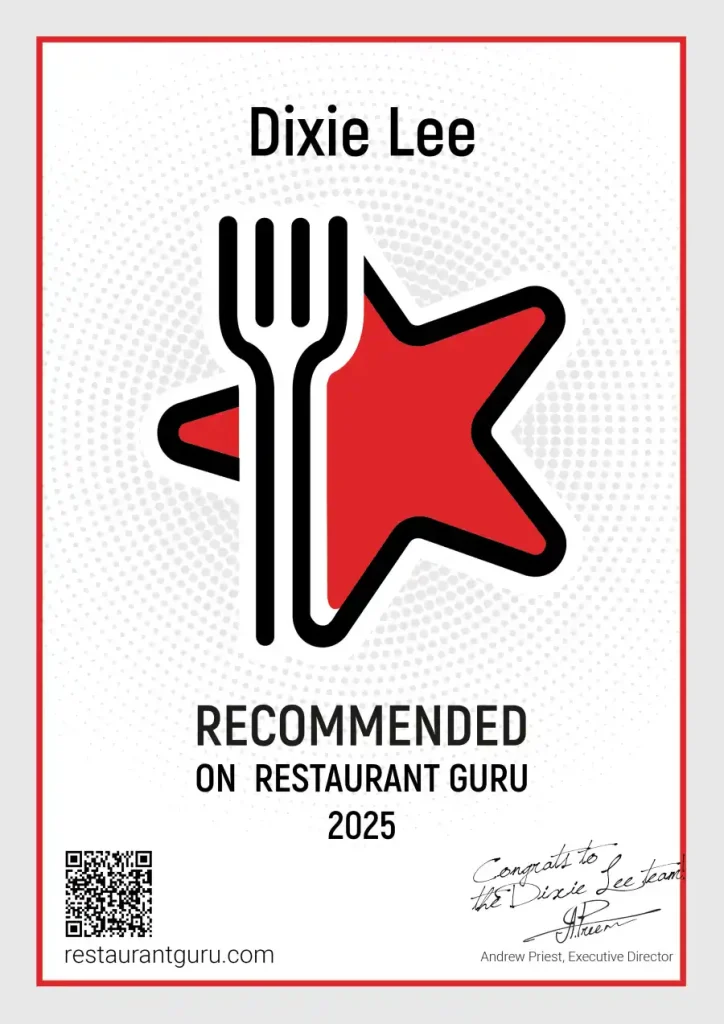Map Ogdensburg’s demand and competitors, focusing on Route 37, downtown foot traffic, and Canada inflows. The assessment should evaluate customer density, peak travel times, and competitor positioning to identify underserved segments and optimal catchment areas.
Confirm Dixie Lee’s territory fit by reviewing franchisor territory rules, site criteria, and brand standards. Ensure any prospective location meets frontage, parking, visibility, and drive‑through requirements specified by the brand, and verify compliance with local zoning and signage regulations.
Prepare and submit the franchise inquiry with a clear summary of market understanding and site options. Include demographic and traffic data, competitor analysis, and how the proposed location aligns with Dixie Lee’s target customer and brand positioning.
Develop a conservative financial plan that models start‑up costs, working capital needs, projected sales, and rent sensitivity. Secure funding through a mix of equity, SBA lending, and equipment loans as appropriate, and obtain written financing commitments before committing to a lease.
Lock a prime site only after due diligence: verify title, environmental issues, access, utilities, and permitability. Negotiate the lease or purchase agreement with contingency protections, and coordinate final franchise agreements with the franchisor.
Complete permits and build‑out according to brand specifications, submitting plans early to avoid delays. Oversee construction, equipment installation, and health and safety inspections to ensure the location opens compliant and on schedule.
Recruit and train a management team and front‑line staff using the franchisor’s training programs and local onboarding tailored to the market. Run soft openings to test operations, refine workflows, and gather customer feedback.
Launch with disciplined operations and measurable KPIs—sales per labor hour, ticket average, customer satisfaction, and food safety metrics—and maintain tight controls on inventory, labor, and quality. Monitor performance against projections and adjust staffing, promotions, and operations to drive profitability.
Key Takeaways
- Assess Ogdensburg demand and competition: map corridors, count QSRs, observe peak volumes, review ratings, and estimate cross-border commuter impact.
- Review Dixie Lee franchise criteria: territory availability, site specs, brand standards, and required operational experience.
- Submit the franchise inquiry: detail proposed territory, potential sites, local insights, and opening timeline; respond quickly and prepare for discovery call.
- Build a financial plan: itemize startup and operating costs, forecast conservative revenues, run break-even/cash-flow scenarios, and line up equity and SBA/equipment financing.
- Select a prime site and launch: use traffic/demographic data, validate visibility and access, model sales vs. occupancy, and execute permits, staffing, training, and openings.
Assess Local Demand and Competitive Landscape in Ogdensburg
How strong is Ogdensburg’s appetite for quick-service fried chicken and seafood? Start by mapping neighborhoods, traffic corridors, and daytime population centers like schools, hospitals, and the waterfront. Count existing QSR competitors, noting cuisine, pricing, queue length, and peak hours. Visit at lunch and dinner; observe order volumes and drive-thru throughput. Scan Google Maps, Yelp, and Facebook for ratings, recency of reviews, and common complaints.
Estimate demand using population, median income, and commuter inflows from Canada. Identify gaps: limited seafood options, inconsistent late-night service, or weak family bundles. Test price sensitivity with a brief intercept survey and a small digital ad campaign targeting locals; measure click-through and interest. Analyze seasonality tied to tourism and weather. Summarize findings to validate location priorities and menu emphasis.
Review Dixie Lee’s Franchise Criteria and Submit Initial Inquiry
With your market snapshot in hand, turn to Dixie Lee’s franchise requirements to confirm fit and timing. Review published criteria such as territory availability in Ogdensburg, preferred site characteristics, operational experience, owner-operator expectations, and training commitments. Note brand standards on food quality, hours, marketing participation, and community presence. If your background aligns, prepare to submit the initial inquiry.
Complete the online franchise form accurately. Highlight your Ogdensburg location understanding, prior multi-unit or restaurant experience, and readiness to follow brand systems. Provide concise details on proposed territory, potential sites, and anticipated opening timeline. Attach a brief resume and references if requested. After submission, monitor email and voicemail, respond promptly, and be ready for an exploration call. Keep a record of contacts, requested documents, and next steps to stay organized.
Build a Financial Plan and Secure Funding
Before you commit, map the dollars and risks. List franchise fees, build-out, equipment, signage, initial inventory, professional services, and opening marketing. Add working capital for at least 6–12 months. Estimate royalties, advertising fees, payroll, utilities, insurance, maintenance, technology, and supplies. Create a conservative revenue forecast using comparable unit performance and seasonality. Run break-even and cash-flow projections to test different sales and cost scenarios.
Decide your capital stack. Combine personal equity with SBA 7(a) or 504 loans, a line of credit, or equipment financing. Investigate franchisor-approved lenders and local banks that know Ogdensburg small businesses. Prepare lender-ready documents: detailed use of funds, three-year projections, personal financial statement, credit report, resume, and contingency plans. Build a cash reserve to handle delays, cost overruns, and slow ramps.
Select and Evaluate a Prime Ogdensburg Location
Your funding plan sets the guardrails; now you’ll hunt for a site that can hit your revenue targets. Map Ogdensburg’s demand drivers: Route 37 traffic, downtown footfall, riverfront tourism, and proximity to schools, hospitals, and major employers. Compare trade areas within a 7–10 minute drive time. Target visibility, easy ingress/egress, ample parking, and neighboring anchors that match quick-service dining.
Study demographics: population density, daytime workers, median income, and household composition. Pull traffic counts and peak-hour patterns; verify sightlines and signage opportunities. Audit competitors’ menus, pricing, and service speed; identify gaps like late-night hours or delivery coverage. Model sales using rent-to-revenue ratios (aim near 6–8%), occupancy costs, and labor availability. Inspect utilities, grease-trap feasibility, venting paths, and zoning to avoid costly surprises.
Complete Approval, Agreements, and Store Build-Out
You’ll start by working through a clear franchise approval checklist to confirm financing, permits, and qualifications. Next, you’ll finalize the franchise agreements, align on fees and timelines, and lock in compliance requirements. Then you’ll coordinate the store build-out with approved contractors, branding specs, and an opening schedule.
Franchise Approval Checklist
Once your preliminary qualification is in hand, the Franchise Approval Checklist keeps the process on track from final vetting to opening day. First, submit any outstanding financial documents and background authorizations. Complete territory confirmation and safeguard Ogdensburg market data aligns with Dixie Lee’s criteria. Schedule operations interviews and pass brand standards reviews. Verify access to required liquid capital and secure preliminary financing terms.
Next, line up a suitable site: request site approval, complete a letter of intent, and order a professional site survey. Begin architectural renderings to brand specs and file local permits early. Obtain landlord approvals and insurance binders.
Finally, plan your build-out timeline, equipment ordering, and vendor onboarding. Book training dates, draft your pre-opening budget, and prepare a realistic soft-opening schedule.
Finalize Franchise Agreements
Although the checklist narrowed the field, this stage finalizes your approval and locks in the deal. You’ll confirm franchise approval, review the Franchise Disclosure Document again, and negotiate clarifying edits that don’t alter core system standards. Verify territory boundaries, fees, training obligations, brand compliance, and renewal terms. Have a franchise attorney review the agreement before you sign. Align timelines for deposits, opening milestones, and pre-opening support. Secure financing documentation and proof of working capital. Once signatures are complete, the franchisor issues onboarding steps and vendor introductions.
| Focus Area | What You Confirm |
| Territory & Fees | Protected area, initial/ongoing fees |
| Operations & Support | Training scope, marketing, field visits |
| Legal & Timelines | Term length, renewals, deposits, milestones |
Document everything, keep copies, and calendar key dates immediately after execution.
Coordinate Store Build-Out
Ready to turn approvals into a real storefront? Confirm your franchise agreement, site approval, and financing are fully executed. Then lock your timeline with Dixie Lee’s project coordinator. Request the latest design standards, kitchen specs, and brand fixture list. Hire a licensed designer and GC familiar with restaurant codes in Ogdensburg. Submit drawings for city permits early, and sequence inspections to avoid delays.
Order long‑lead items first: hoods, walk‑ins, fryers, signage, and POS. Coordinate utilities—gas, power, water, grease trap—and verify panel capacity. Plan ventilation, fire suppression, and health department requirements alongside ADA access.
Schedule training to overlap equipment commissioning. Examine thoroughly, capture closeout documents, and secure the certificate of occupancy. Before opening, test POS, food flow, and delivery logistics with a soft-launch rehearsal.
Prepare for Grand Opening and Ongoing Operations Management
A strong grand opening sets the tone for your Dixie Lee in Ogdensburg and establishes habits that sustain daily operations. Build a 30-day plan: confirm permits, complete health inspections, finalize vendor accounts, and test all kitchen equipment. Hire, schedule, and train staff on brand standards, food safety, speed of service, guest recovery, and cash controls.
Create an opening-day playbook: promotional offers, social media countdowns, local partnerships, and ribbon-cutting logistics. Assign roles for greeting, ordering, expo, and curbside. Run soft openings to stress-test recipes, throughput, and POS workflows; document fixes.
For ongoing management, implement daily checklists, prep guides, par levels, and line checks. Track KPIs—labor, food cost, ticket times, and guest satisfaction—and review them weekly. Maintain cleaning schedules, preventive maintenance, and ongoing training.
Conclusion
To bring Dixie Lee to Ogdensburg, begin with market research: confirm local demand, analyze demographics, and scope direct and indirect competitors. Contact Dixie Lee’s franchise team to learn their eligibility criteria and initial requirements, then submit a formal inquiry or application. Prepare a detailed financial plan that outlines startup costs, projected revenues, and working capital needs, and arrange financing or investors as required.
Identify and secure a strategic site with visibility, accessibility, and appropriate zoning; coordinate lease or purchase negotiations and ensure utilities and permits can support a restaurant operation. Once the franchisor approves the application, sign the franchise agreement and follow Dixie Lee’s specifications for build-out and equipment. Complete construction, install equipment, and meet health and safety code inspections.
Invest in thorough training for management and staff according to franchisor programs to ensure consistent product quality and service. Develop a marketing and grand-opening plan to create local awareness and drive initial traffic. After opening, focus on efficient operations, cost control, inventory management, and consistent customer service. Engage with the Ogdensburg community through local partnerships, promotions, and events to build loyalty.
Measure performance with regular financial reviews and operational audits, track key performance indicators (sales, food costs, labor percentages, customer satisfaction), and remain adaptable—implement continuous improvements based on results and franchisor guidance to ensure long-term success. With these steps, you can build a thriving presence in Ogdensburg backed by the proven reputation of Dixie Lee Fried Chicken.


